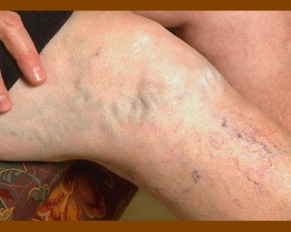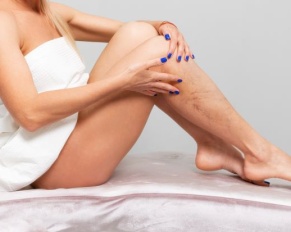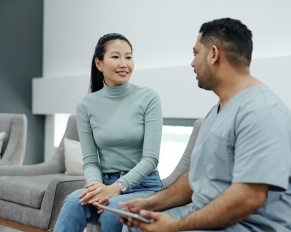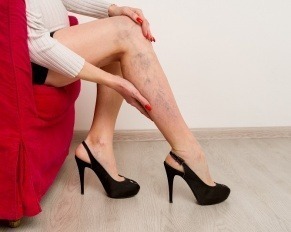You might have noticed varicose veins, those swollen and twisted lines that appear beneath the skin. If you’ve seen them…


You might have noticed varicose veins, those swollen and twisted lines that appear beneath the skin. If you’ve seen them…

Ever notice those large, twisted veins on your legs? Those are varicose veins, and they develop when blood pools in…

Phlebectomy is the removal of Varicose veins. Varicose veins are a condition that affects many people which, while typically not a very serious health issue, does affect the look of the skin and the quality of life of the patient. Some studies have shown that up to half of adult women in the United States and many men as well will experience varicose veins at some point. Over the years many different methods of treatment for varicose veins have been developed. Many people are turning to phlebectomy in New Jersey because it is an excellent procedure for the removal of varicose and other superficial veins. This treatment can be given by a physician at a vein center in New Jersey.

If you’ve been plagued by spider veins, varicose veins, or other vein problems for some time, you should do something about them before things get more serious. The more time you spend thinking about your veins instead of treating them, the greater your chance of developing complications such as deep vein thrombosis, which can be life-threatening.
Whether you’re experiencing pain from bulging veins, or they are just generally unsightly, it’s important to find an experienced vein specialist whom you can trust. Having a qualified, capable, and knowledgeable venous disease specialist is essential to improving your vein health. For this reason, we’ve put together five of the most important questions to ask your vein doctor prior to treatment.

When most people hear the term varicose veins, they automatically think that it means because you have varicose veins that they are only present in your legs. However, you might be surprised to know that varicose veins are present in other parts of your body as well. There are a few different types of varicose veins and many different options to get rid of each one of these types depending on the vein itself, type of varicose vein, the colors, sizes, etc. Below, we will be talking about all types as well as treatment for each one available.
Spider veins are one of the most common conditions that affect people. While typically not dangerous, spider veins can be unsightly and cause embarrassment for those who have them. Some studies have shown that up to half of adult women in the United States and many men will develop them at some point. Luckily, there are many safe and effective treatment methods that can be used to eliminate them. However, like many conditions, the best strategy is to avoid developing them in the first place by understanding the risk factors and taking steps to prevent them. A vein center will be able to give specific advice for each individual situation if you notice spider veins developing or are worried that you might be at risk.